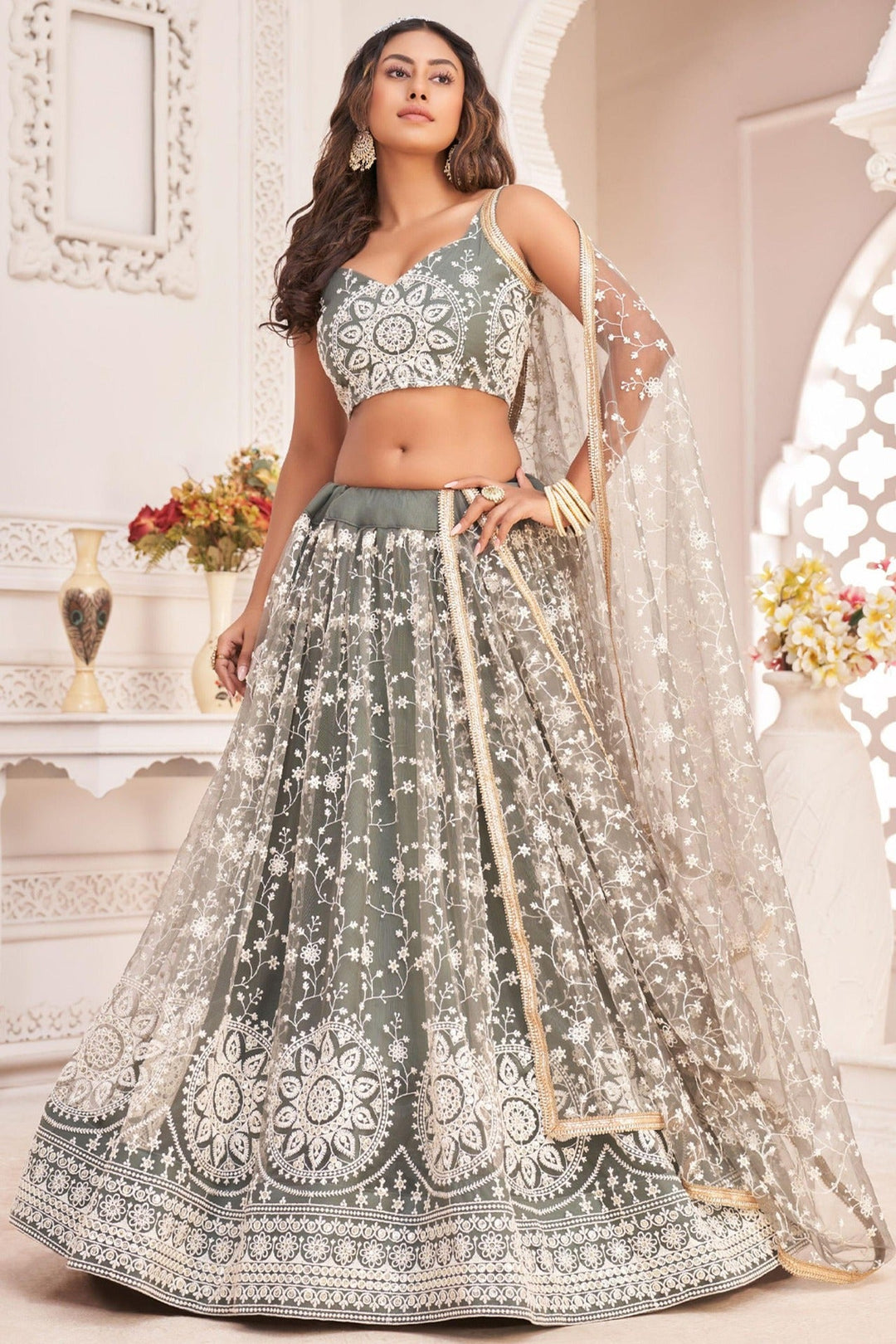The Evolution of the Little Black Dress
Created by Coco Chanel, the little black dress (LBD) has been a fashion staple for a century, evolving from a bold statement to a timeless wardrobe essential. Here’s a concise overview of its journey:

1920s: Birth of the LBD
Coco Chanel introduced the LBD in 1926, with her iconic knee-length, straight-cut design published in Vogue. It was a rebellion against the ornate, restrictive styles of the early 20th century, offering simplicity and versatility. Black, once reserved for mourning, became chic and accessible, symbolizing modernity and independence for women. Chanel’s design was democratic—suitable for all classes and occasions.
1930s-1940s: Hollywood Glamour and Utility
The LBD gained allure through Hollywood, with stars like Greta Garbo and Joan Crawford wearing slinky, elegant versions in films. The Great Depression and World War II brought practicality to the forefront; the LBD became a versatile piece for women navigating economic hardship and wartime rationing. Its simplicity allowed for accessorizing to suit different settings.
1950s: Feminine Refinement
Post-war prosperity ushered in more feminine silhouettes. Christian Dior’s “New Look” influenced LBDs with cinched waists and fuller skirts, emphasizing elegance. Audrey Hepburn’s Givenchy LBD in Sabrina (1954) cemented its status as a symbol of sophistication. The dress became a canvas for personal style, paired with pearls or gloves.
1960s: Bold and Youthful
The LBD reflected the era’s cultural shifts. Designers like Mary Quant embraced shorter hemlines and mod aesthetics, aligning with the youth-driven counterculture. Audrey Hepburn’s Breakfast at Tiffany’s (1961) LBD—sleeveless, floor-length, and paired with a statement necklace—became iconic, blending elegance with a modern edge. The LBD was now a party staple.
1970s-1980s: Versatility and Power Dressing
The LBD adapted to disco and punk influences in the ’70s, with bolder cuts and fabrics like velvet or sequins. In the ’80s, power dressing brought structured, shoulder-padded LBDs for career women, while designers like Azzedine Alaïa introduced body-hugging versions, emphasizing sensuality. The dress remained a go-to for cocktails or boardrooms.
1990s: Minimalism and Grunge
The ’90s saw a return to simplicity with slip-style LBDs, reflecting minimalist trends. Kate Moss and Winona Ryder popularized understated, strappy designs. Meanwhile, grunge influences brought edgier takes, like LBDs paired with combat boots. Versace’s safety-pin LBD, worn by Elizabeth Hurley in 1994, became a daring cultural moment.
2000s-Present: Endless Reinvention
The LBD continues to evolve, embracing diverse silhouettes—fitted, A-line, asymmetrical—and materials like leather, lace, or sustainable fabrics. Designers like Alexander Wang and Stella McCartney keep it fresh, while fast fashion makes it widely accessible. Red carpet moments, like Angelina Jolie’s 2012 Atelier Versace LBD with a thigh-high slit, maintain its glamour. Today, the LBD is a chameleon, adaptable to streetwear, office, or evening wear, with inclusivity in sizing and styling reflecting modern values.
Cultural Significance
The LBD’s enduring appeal lies in its adaptability and symbolism: empowerment, elegance, and individuality. It transcends trends, embodying both rebellion and conformity. From Chanel’s revolutionary design to sustainable iterations today, it remains a universal emblem of style.







